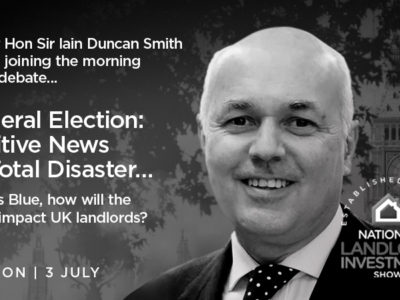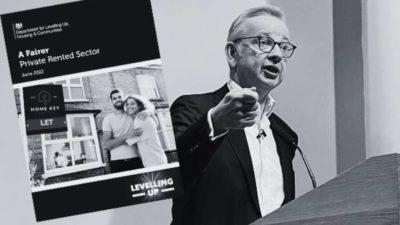Property values in the UK’s largest urban areas have been rising at an annual rate of 2.9 per cent over the last 12 months but growth is beginning to slow down with 13 cities recording lower price growth than a year ago, according to Zoopla’s recent Cities House Price Index.
Prices are rising fastest in Leicester with an annual growth of 6 per cent, followed by Belfast, up 5.8 per cent. Other UK cities where prices are rising include Manchester up 5.4 per cent, Glasgow and Birmingham up 5.1 per cent, Liverpool up 5 per cent, Nottingham up 4.6 per cent and Sheffield, which is up 4 per cent year on year.
Meanwhile, prices are falling on an annual basis in Aberdeen, down by 1.6 per cent, but this is a significant improvement on 2017 when prices fell by 6.8 per cent. In London and Cambridge however, growth is almost flat, recording a marginal increase of 0.2 per cent, according to the recent data from Zoopla.
Affordability pressures
The index attributes the weak growth to affordability pressures and increased uncertainty. The largest slowdown in the rate of growth has been registered in Edinburgh, Bournemouth, Portsmouth and Bristol.
Bristol, for instance, is recording an annual house price growth of 1.8 per cent, which is the lowest rate for over five years. This is due to the effects of affordability pressures and the impact on demand that has also impacted Portsmouth, Bournemouth and other cities across southern England.
The weakest housing markets
The weakest housing markets have the longest sales periods and the largest discounts on the asking price. Aberdeen and Inner London have the lowest house price growth as well as the weakest markets. In both places, properties currently take an average of 16 weeks to sell, with buyers negotiating the asking price down by around 7 per cent.
The difference between asking prices and sales prices is narrowing in most large regional cities, despite slowing house price growth. In the capital however, this measure continues to widen.
Meanwhile, Nottingham has the strongest housing market overall, with homes taking just eight weeks to sell at a discount of only 2 per cent of their asking price. Annual price growth in the city is also holding steady at 4.6 per cent.
Increased uncertainty
The report points out that while increased uncertainty has resulted in a slower rate of house price growth, there remains further potential for price growth. “Achieved prices are higher than asking prices in two cities. Edinburgh and Glasgow have the fastest time to sell a property and achieved prices are on average 6 per cent to 8 per cent higher than the asking price,” the report explains.
“The latest data for housing sales shows transaction volumes holding up, in line with the five years average with first time buyers the largest buyer group in 2018. Uncertainty has impacted the headline rate of growth, but demand for housing is holding up better than many had expected,” says the report.
The report concludes that city level house price growth is expected to moderate further in the very near term. This is because underlying market conditions remain strong across many cities and there is potential for further price inflation once the outlook becomes clearer.
A positive outlook
Simon Heawood, chief executive of Bricklane, believes that the foundations of the market in key cities is positive, with 15 of the 20 cities delivering price growth above or equal to inflation at 1.8 per cent. Also, with investors receiving rental income as well, property remains a strong performing asset class, particularly in the current environment.
Heawood adds: “Regional cities such as Leeds, Leicester, Manchester and Birmingham remain strong investment options. However, the realities of investing in property far from home mean that investment in these cities will be out of reach for many.
“The top line price growth figure in London is low, but is made up of many smaller housing markets, with performance much stronger in Outer London than Inner London. In a buyer’s market, there are opportunities for professional investors to take advantage of discounts, even in a lower momentum market,” he added.
Marc von Grundherr, director of agents Benham & Reeves, believes that price growth continues to be driven by affordable locations at the bottom end of the house price ladder. Also, with these slower market conditions, it’s only natural that the more desirable UK cities will see price growth flatten and the time to sell extend, due to the already inflated price of getting a foot on the ladder there.”
Grundherr added: “The commitment of investing in the Inner London market at present is likely to take a bit more thought than it may have previously, but to label London as a drag and to liken the market strength to that of Aberdeen is a tad misleading. Prices are holding firm, transactions are steady and London remains the pinnacle of the UK housing market, having emerged from the negative price trends of the previous year.”




















Comments